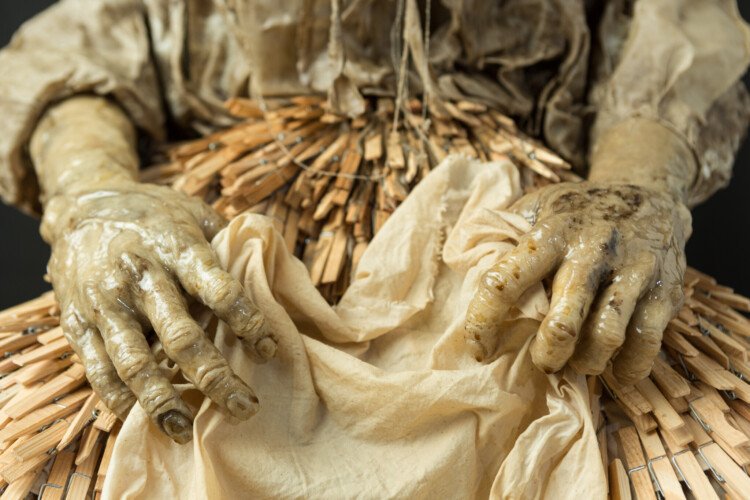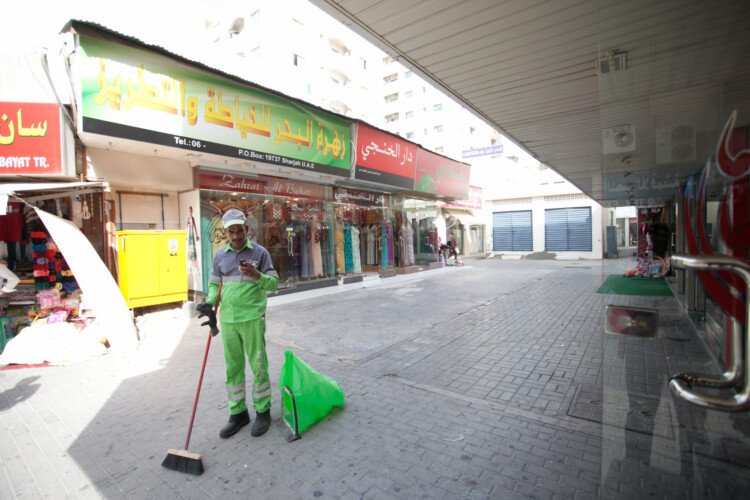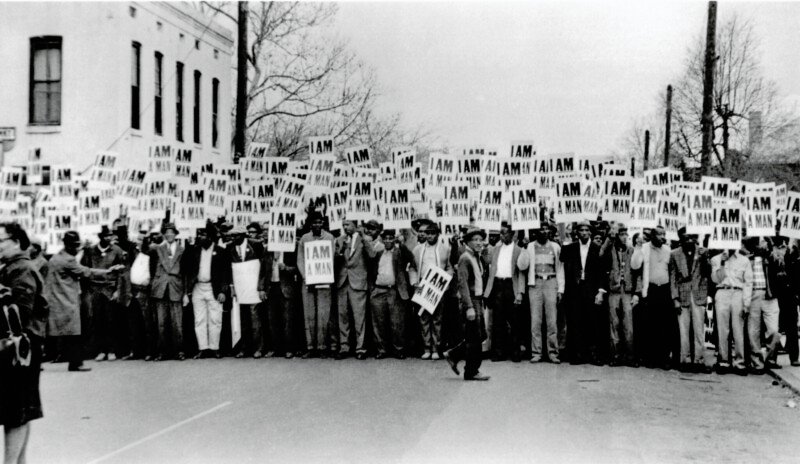Hard Graft: An unsparing showcase of work from production lines to protest
The world of work is often neglected in art of the 21st century, despite the toil to earn a living consuming an average 35 hours a week in Britain.
In September, Wellcome Collection in Euston Road, Euston, opened Hard Graft: Work, Health and Rights.
This free major exhibition offers an unsparing showcase of artworks that explore physical work and its impacts on health and the body, from the ruined hands of a washerwoman to the lung-damaged workers of Death Alley.
Hard Graft creates a powerful narrative, tracing the harshest working conditions from across the world, with artists from Brazil, Bangladesh, Trinidad, Sudan, Peru, South Africa, Indonesia, Mexico and the US as well as images from Wellcome’s own archives.

The show is introduced by a section presenting Adelita Husni Bey’s ‘Gestures of Labour’ from 2009.
The film documents the hand gestures of migrant workers as they move in a rhythmic repetition, the body as predominant machinery in the production of everyday objects.
Nearby images depict the experiences of the Windrush generation and their key contributions to Britain’s infrastructure.
From there, the show’s 150 pieces are divided between three main rooms.

The Plantation is about slavery, The Street features night soil clearing, sweeping and sex work and The Home is where paid and unpaid services go uncounted.
But, amidst the drudgery there are outbursts of hope and resistance that run throughout the exhibition.
A new commission on display by Lindsey Mendick recreates the sex workers’ rebellion in 1982 when the English Collective of Prostitutes (ECP) occupied the Holy Cross church in Kings Cross.
The ECP stood their ground for 12 days to protest against their criminalisation, police harassment and official indifference to their frequent rape and murder.
Navigating within the feminist dispute of whether sex workers are liberated from or oppressed by the system, Ms Mendick opted for a subtle work with 61 clever ceramics placed inside a church structure with its stained glass windows.

Featured pieces from Wellcome’s own collection include ‘Street Life in London’,1877, by John Thomson and Adolphe Smith.
This rare collection of photographs brought public attention to the precarious labour conditions of working-class Londoners and is considered to be one of the earliest examples of social documentary photography.
Hard Graft’ is curated by Cindy Sissokho and will be open at the Wellcome Collection until April 27, 2025.
Pictured top: May 1 demonstration in solidarity to the Sans-Papiers in hunger strike at the Halle Pajol before the occupation of the Saint Bernard Church, 1996, Paris (Picture: Courtesy of the Bouba Touré archive)
